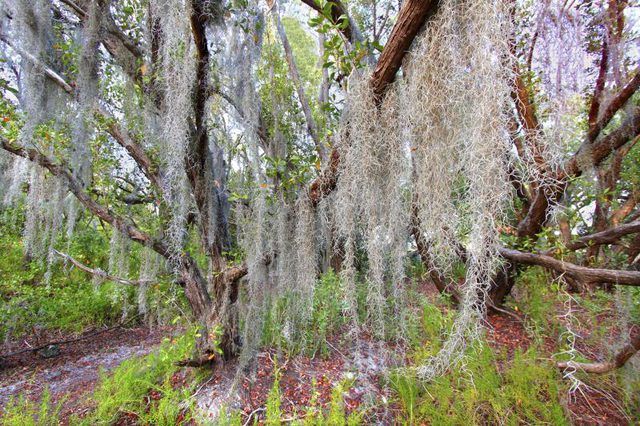Bulbs
Flower Basics
Flower Beds & Specialty Gardens
Flower Garden
Garden Furniture
Garden Gnomes
Garden Seeds
Garden Sheds
Garden Statues
Garden Tools & Supplies
Gardening Basics
Green & Organic
Groundcovers & Vines
Growing Annuals
Growing Basil
Growing Beans
Growing Berries
Growing Blueberries
Growing Cactus
Growing Corn
Growing Cotton
Growing Edibles
Growing Flowers
Growing Garlic
Growing Grapes
Growing Grass
Growing Herbs
Growing Jasmine
Growing Mint
Growing Mushrooms
Orchids
Growing Peanuts
Growing Perennials
Growing Plants
Growing Rosemary
Growing Roses
Growing Strawberries
Growing Sunflowers
Growing Thyme
Growing Tomatoes
Growing Tulips
Growing Vegetables
Herb Basics
Herb Garden
Indoor Growing
Landscaping Basics
Landscaping Patios
Landscaping Plants
Landscaping Shrubs
Landscaping Trees
Landscaping Walks & Pathways
Lawn Basics
Lawn Maintenance
Lawn Mowers
Lawn Ornaments
Lawn Planting
Lawn Tools
Outdoor Growing
Overall Landscape Planning
Pests, Weeds & Problems
Plant Basics
Rock Garden
Rose Garden
Shrubs
Soil
Specialty Gardens
Trees
Vegetable Garden
Yard Maintenance
What Is the Moss Hanging From Trees in the South?
What Is the Moss Hanging From Trees in the South?. Visitors to the South may be puzzled by the tangled, mossy-looking masses hanging from many trees. But this thick gray or green plant, commonly called Spanish moss (Tillandsia usneoides), is a natural part of the area's ecology and an important habitat for many species, including birds and...

Visitors to the South may be puzzled by the tangled, mossy-looking masses hanging from many trees. But this thick gray or green plant, commonly called Spanish moss (Tillandsia usneoides), is a natural part of the area's ecology and an important habitat for many species, including birds and reptiles.
Identification of Spanish Moss
Despite its name, Spanish moss is not a true moss, but an epiphytic bromeliad that hangs from trees in dense curtains that can reach lengths of 20 feet or more. Most of the time, the plant looks gray, but when it gets enough moisture, its leaves turn light green. Cup-like scales cover the leaves and capture water and nutrient-bearing dust particles from the air. This water-trapping ability makes it possible for Spanish moss to thrive during droughts. Although inconspicuous, the plant's pale green or blue flowers are mildly fragrant at night.
Trees and Other Habitats
Spanish moss inhabits a number of tree species from Florida to Texas and thrives in U.S. Department of Agriculture plant hardiness zones 8 through 11, wrapping around its hosts without rooting. Most often, it appears on oak and cypress species such as the Southern live oak (Quercus virginiana) and the Italian cypress (Cupressus sempervirens), both hardy in USDA zones 7 through 10, but it makes its home in other types of trees as well and may even hang out on telephone lines and fences if the location provides sufficient moisture and full sunlight to partial shade.
Common Misconceptions
Contrary to what you may have heard, Spanish moss is not a parasite and doesn't leach nutrients or water from trees, but it may cause trees to decline by preventing adequate sunlight from reaching their leaves. It makes its own food and only uses trees as a means of support and protection, although sometimes the weight of the plant may cause a tree branch to break, especially after a heavy rain. You may also have heard that red bugs or chiggers, which are notorious for causing itchy rashes, reside in Spanish moss, but expert opinions differ on this point. According to entomology professor Nancy Hinkle, who was interviewed for an article published by the University of Georgia College of Agricultural & Environmental Sciences in 2012, chiggers don't actually live in Spanish moss, but "in the undergrowth surrounding the trees that support the moss." Nevertheless, if you have any concerns about the Spanish moss in your trees, you can hire an arborist to remove it but be aware that it will probably grow back.
Benefits and Uses
The ecological role of Spanish moss is an important one. For example, reptiles, bats, spiders and other animals use the plant for protection and the rich supply of insects that are found within its reaches. It's a component of the nests of birds as well, including many species of songbirds. In the yard, Spanish moss may be used as a garden mulch and as a privacy screen when draped over fencing. It's also used to adorn floral arrangements, potted plants and craft projects.